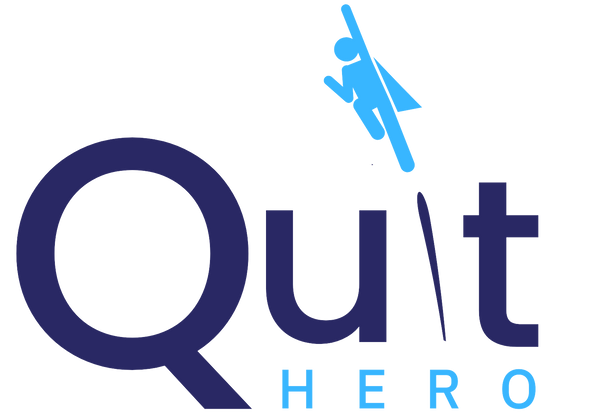
KEEPING HOMES SAFE FROM SECONDHAND SMOKE
Share
Smoking is a habit that poses a risk not only for smokers but also for those around them.
The smoke drifting from a lit cigarette and the smoke exhaled by a smoker are known as secondhand smoke. People become subject to passive smoking when breathing in secondhand smoke from another person’s cigarette.
Generally speaking, if you can smell a cigarette, you are breathing it in, so passive smoking can happen even a few meters away from a smoker. When a family member is a smoker, every adult and child in the household is inevitably subject to the health risks of secondhand smoke.
How dangerous is secondhand smoke?
According to the Australian Department of Health, there is no safe level of passive smoking. In enclosed spaces, the harmful chemicals in tobacco smoke can stay in the air for hours after a cigarette has been put out, and even the air is ventilated or filtered.
Just like firsthand smoke, secondhand smoke contains more than 7,000 chemicals, hundreds of which are toxic and about 70 can cause cancer.
Who is at risk
Both adults and children are in danger of the effect of secondhand smoke. For example, for every 8 smokers who die from a smoking-related disease, 1 non-smoker dies from secondhand smoke exposure.
Adults Non-smokers
Non-smokers in a smoking household are at a significantly higher risk of developing illnesses like cancer and have a 25% to 30% greater risk of developing heart disease compared to other non-smokers. In addition, non-smokers with long term exposure to tobacco smoke also have up to a 20%–30% higher risk of developing lung cancer when compared with non-smokers who have not been exposed.
Children and infants
Secondhand smoke causes numerous health problems in infants and children, including more frequent and severe asthma attacks, respiratory infections, and sudden infant death syndrome (SIDS).
Young children are very susceptible to the health effects of tobacco smoke because they have smaller and more delicate lungs than adults, and their immune systems are still developing. According to the Australian Health Department, children with parents who smoke can show the same nicotine levels as someone smoking up to 150 cigarettes per year, breathing in many of the same cancer-causing chemicals. This amount is enough to be considered an occasional smoker, increasing their risk of lung cancer by 20% to 30% and doubling the chance of becoming a smoker later in life.
Unborn babies
Smoking during pregnancy results in more than 1,000 infant deaths annually. Smoking tobacco or breathing in secondhand smoke when pregnant or breastfeeding can affect the growth and health of the baby, affect their lungs development, increase the risk of premature birth or stillbirth, and increase the risk of complications and illness for both the baby and the mother.

Help a family member quit smoking
Beating the smoking habit can be challenging, but anyone can quit with the right support and motivation.
Making smokers aware of the danger they pose to their loved ones by exposing them to passive smoke can be a strong motivation for quitting smoking.
Smoking doesn’t only pose a health risk for smokers but also a financial burden. For people who smoke a 25 pack of cigarettes a day priced at $36, the cost of smoking adds up to $252 per week, $1,116 per month and $13,140 per year. Helping smokers understand how much cigarettes are costing them over time can help them decide to quit and stay motivated through their quitting journey.
There are many ways smokers can beat the habit, and the key to success is to find the most suitable method for them.
When first quitting, the body withdraws, making the quitting process challenging to manage with willpower alone. Smoking cessation aids can help reduce and manage withdrawal symptoms, easing the transition to a smoke-free life. Current forms of first-line treatments supported by the RACGP include nicotine replacement therapy options, pharmacotherapy, and counseling support.
Talking to a doctor about quitting can help smokers find a cessation method that works for them and successfully switch to a tobacco-free life.
Useful Links:
https://www.nhs.uk/live-well/quit-smoking/passive-smoking-protect-your-family-and-friends/
